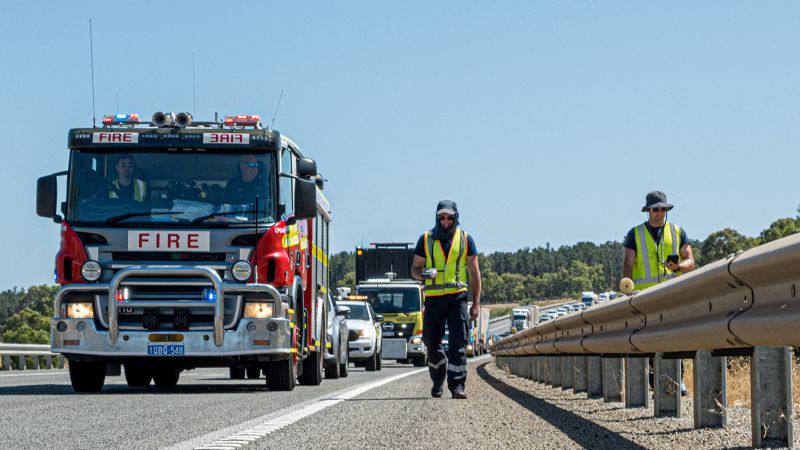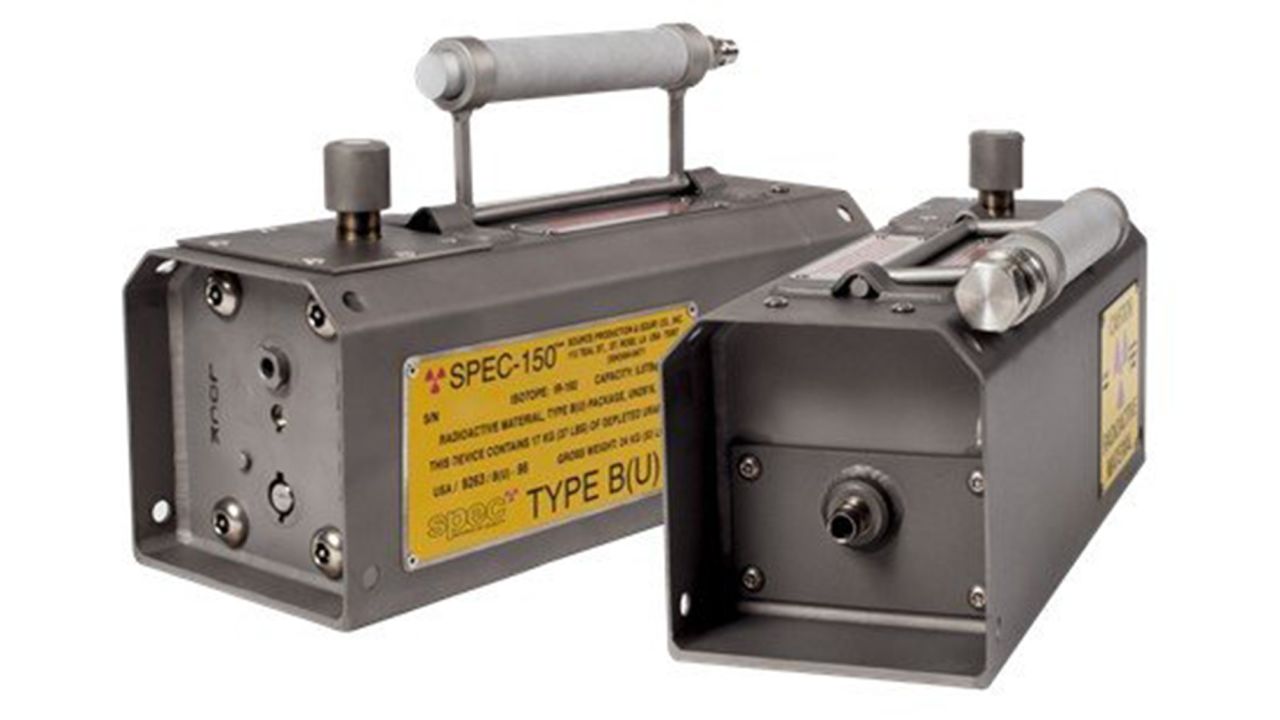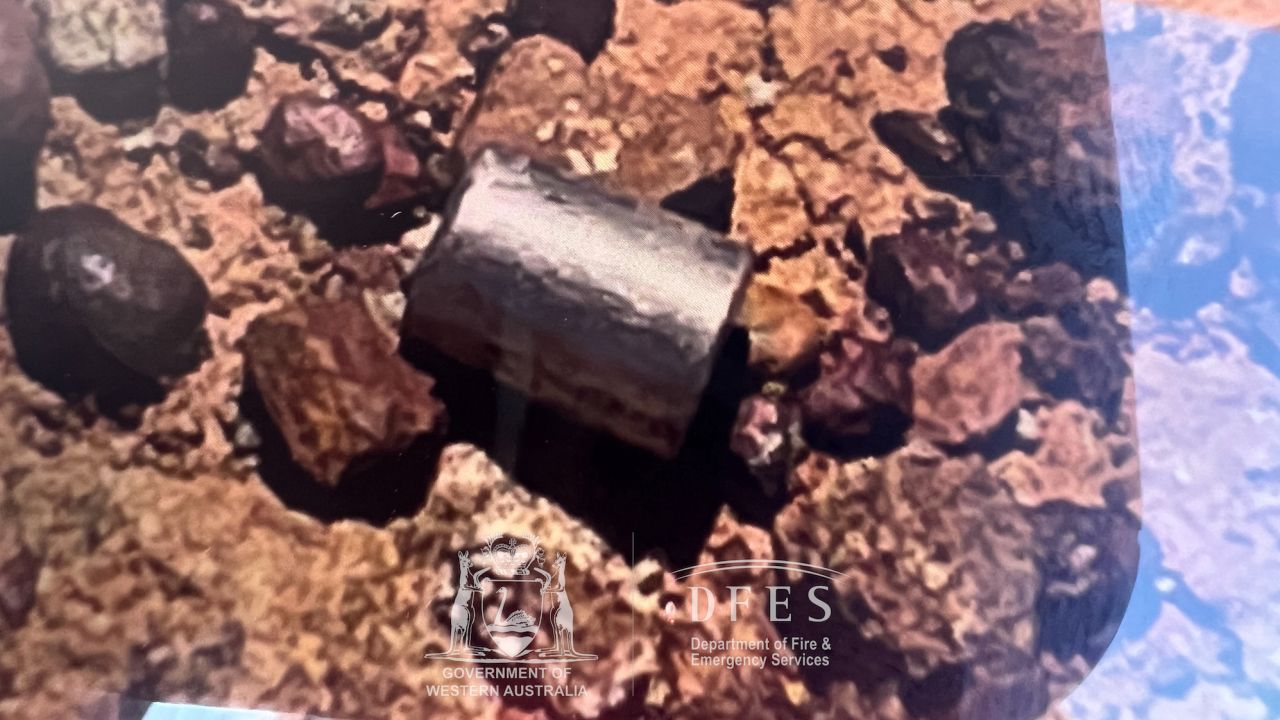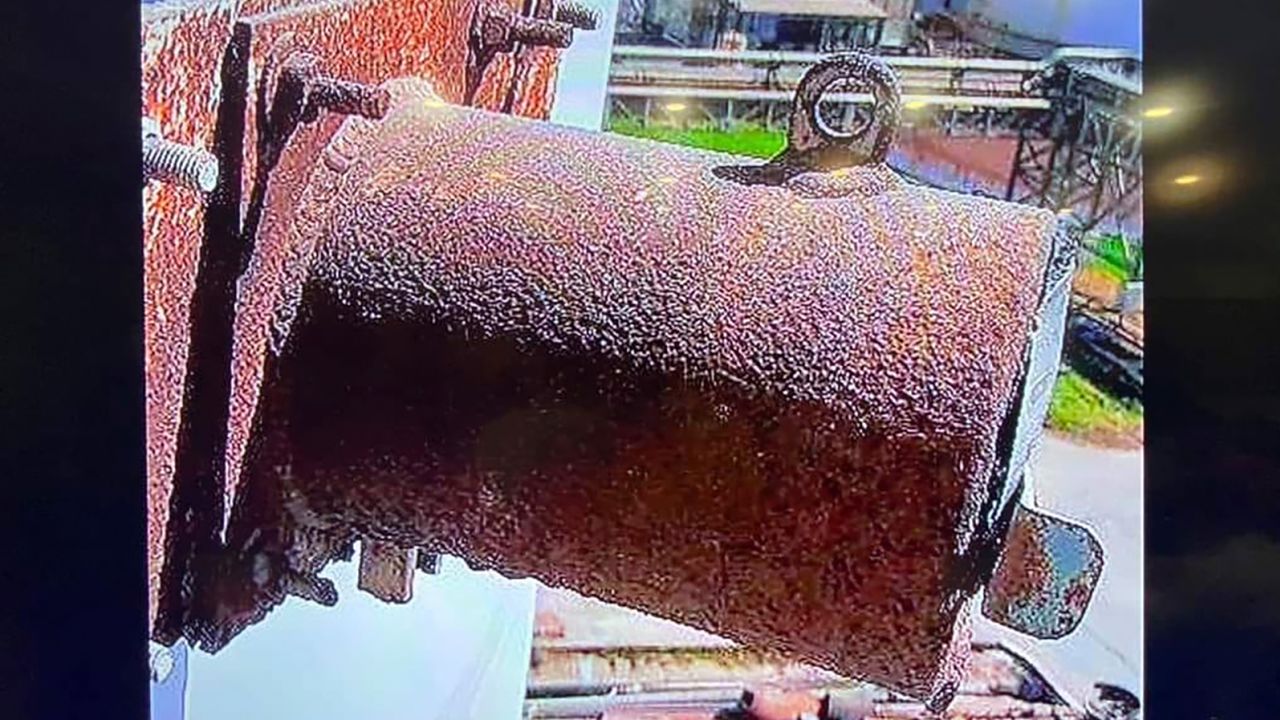
Hong Kong
CNN
—
What do a capsule in Australia, a cylinder in Thailand and a camera in the US have in common?
All three contained radioactive material and went missing over the past three months, in what experts say is a hugely rare coincidence that nonetheless raises safety questions about what are a fascinating – and incredibly useful – set of substances.
A radioactive isotope, also known as a radioisotope, is an unstable form of a chemical element that breaks down over time in the form of radiation.
These chemicals can be found naturally but many are created artificially.
The radiation these elements emit come in the form of alpha, beta and gamma rays which, depending on their concentration, can be dangerous.
But their unique properties also make them useful for a host of applications, from killing cancerous cells to making incredibly precise measurements.
Radioactive sources are more prevalent than most people might realize.
“Hundreds of thousands” of these sources are “used and transported without issue every day”, Lauren Steen, general manager of Radiation Services WA, a consultancy that writes about radiation management plans in Australia, told CNN.
Radioactive materials have a variety of industrial uses, like the cylinder that went missing in Thailand which measured ash at a coal power plant.
In construction, radiographic cameras, like the one that went missing in the US, can be used to inspect the integrity of ships, pipes and other small spaces, according to the National Nuclear Security Administration.
Radioactive substances can also be found in gauges that test soil. The capsule that went missing in Australia, for example, was used in a density gauge by the mining company Rio Tinto.
Additionally, radioactive substances are used in hospitals to diagnose and treat various cancers or to sanitize blood for transfusions, according to David McIntyre, a public affairs officers for the US Nuclear Regulatory Commission.
Much depends on the type of radioactive isotope within a device and whether it is contained within shielding or open to the elements.
The risk of radiation exposure from the camera that went missing in Texas is “very low” especially because the radioactive material is encapsulated by multiple layers of protection, officials said.

But the capsule in Australia and the cylinder in Thailand contained Caesium-137, a highly radioactive substance that’s potentially lethal.
Experts warn that Caesium-137 can create serious health problems for people who come into contact with it: skin burns from close exposure, radiation sickness and potentially deadly cancer risks, especially for those exposed unknowingly for long periods of time.
Caesium-137 has a half-life of about 30 years, which means it could pose a risk to the population for decades to come, if not found.
The risk of radioactive material being present in an unknown area for an indefinite period of time was a particular concern in the Australia case because the radioactive capsule went missing along a vast stretch of highway in the desert and was not contained within protective housing.

It was found after a challenging search likened to trying to find a needle in a haystack, assuaging fears that people could have been exposed to radiation unknowingly.
“If general people (come into) contact unknowingly, the health effects will depend on the level of the (radiation) intensity. If it’s high, the first thing we will see is skin irritation,” Pennapa Kanchana, Deputy Secretary General for Office of Atoms for Peace (OAP), a government regulator for radioactive and nuclear research in Thailand, told CNN.
The intensity of the radiation for the missing cylinder in Thailand should be slightly hampered by the protective casing surrounding the radioactive source, experts suggest.

“It appears to be 100% in the housing which is lead lined so it’s a bit safer than just a source lying on the size of the road,” Steen told CNN. “The only risk becomes if the caesium source is separated from the housing.”
But that concern may now have become a reality.
Days after the cylinder was reported missing from a coal power plant in Thailand, authorities detected caesium-137 radiation from iron dust in a smelter at an iron melting factory around 6 miles (10 km) from the plant. They are still investigating whether the missing cylinder was taken to this factory and whether the caesium detected came from the missing cylinder.
It is not the first time something like this has happened in Thailand.
In 2000, according to a Congressional Research Service report, canisters containing another radioactive isotope, cobalt-60, were bought by two scrap collectors, who took it to a junkyard where it was cut open.
Some workers suffered burn-like injuries, and eventually three people died and seven others suffered radiation injuries, the report said. Nearly 2,000 others who lived nearby were exposed to radiation.
But Pennapa said the canister that is currently missing is far less radioactive than the one that caused the incident in 2000.
Three radioactive items going missing within such a short period of time has sparked concerns but experts say the frequency of the recent incidents is atypical.
“I just think it seems to be massive coincidence,” Steen said.
In 15 years of working in radiation management, Steen told CNN she had never heard of a radioactive source “going missing” until this year.
“To be honest, I’m shocked,” Steen said. “In all my years of practicing radiation safety, I’d never come across these situations before.”
Transportation of radioactive capsules like the gauge in Australia is “not an uncommon practice” but “loss of a source is a rare occurrence,” Steen added.
US Nuclear Regulatory Commission press officer McIntyre said the recent incidents should be perceived as the exception, not the rule, when it comes to radioactive material, and shouldn’t overshadow their valuable uses.
“While devices with radioactive sources do go missing from time to time, I would caution against concluding that there is a lot of unsecured radioactive material out there,” McIntyre said.